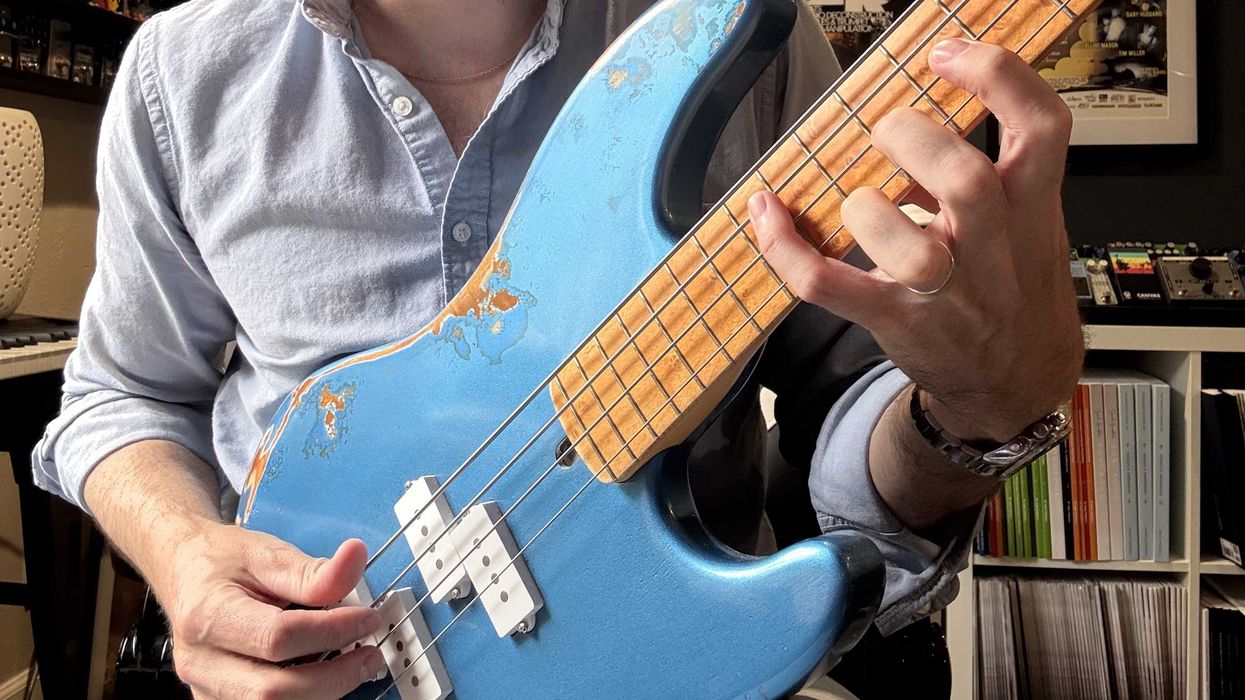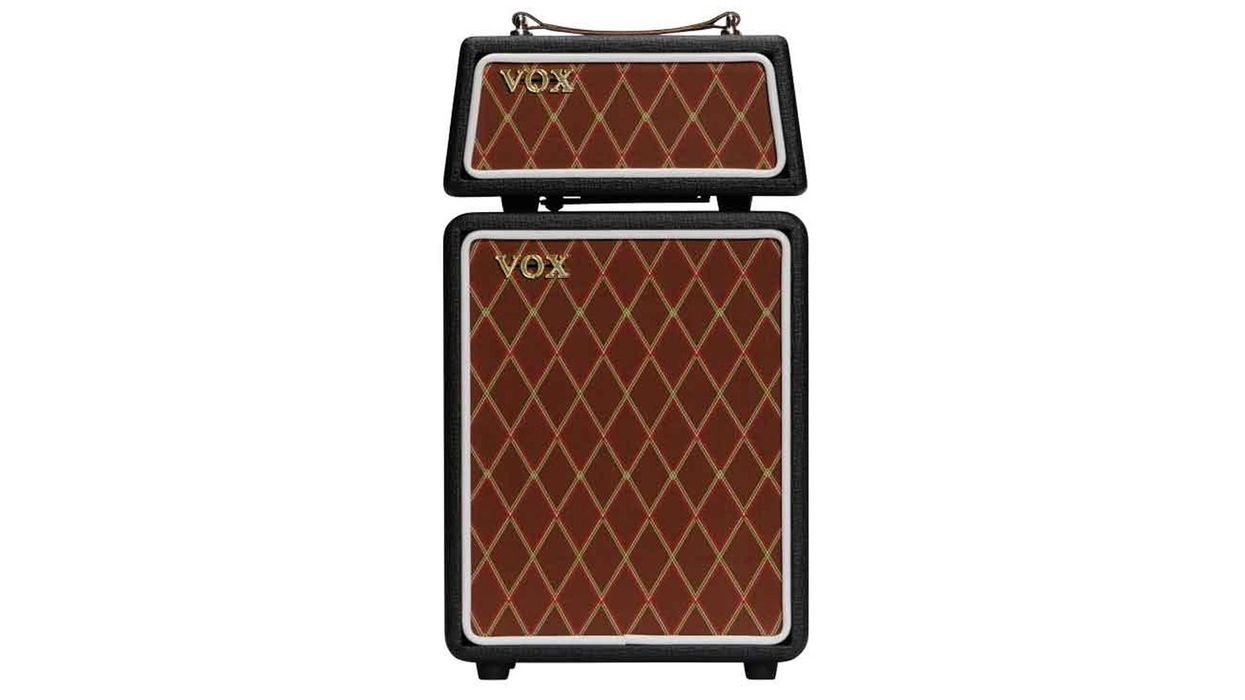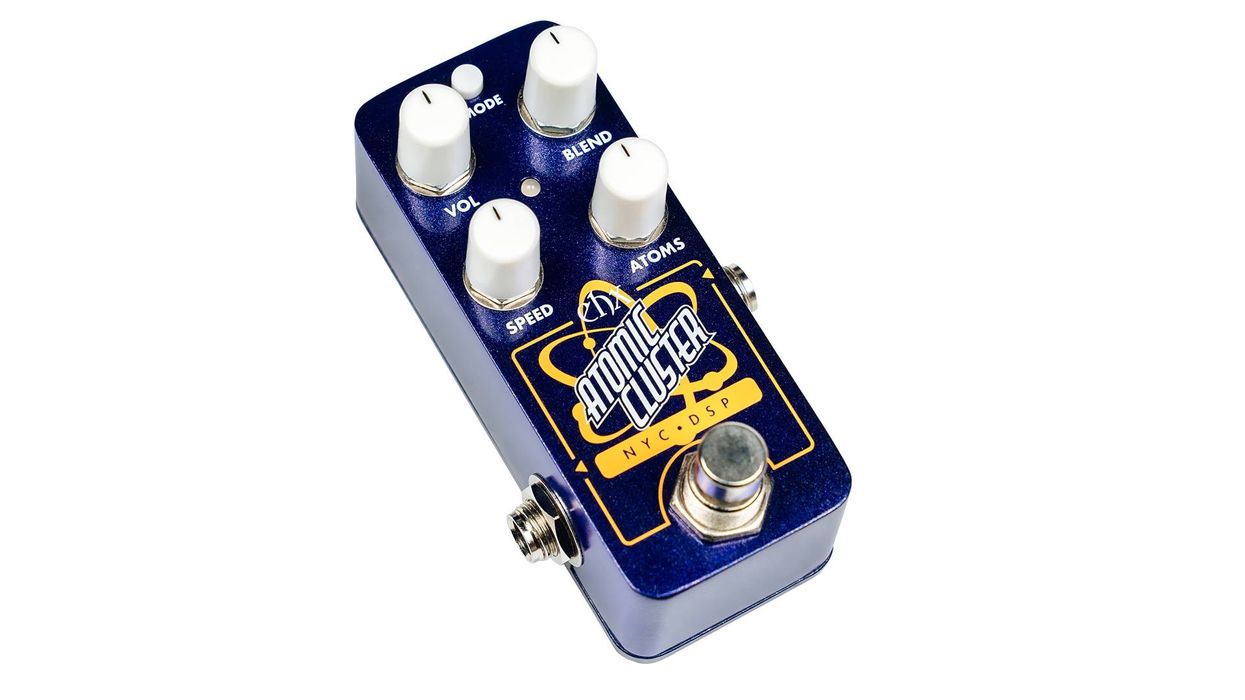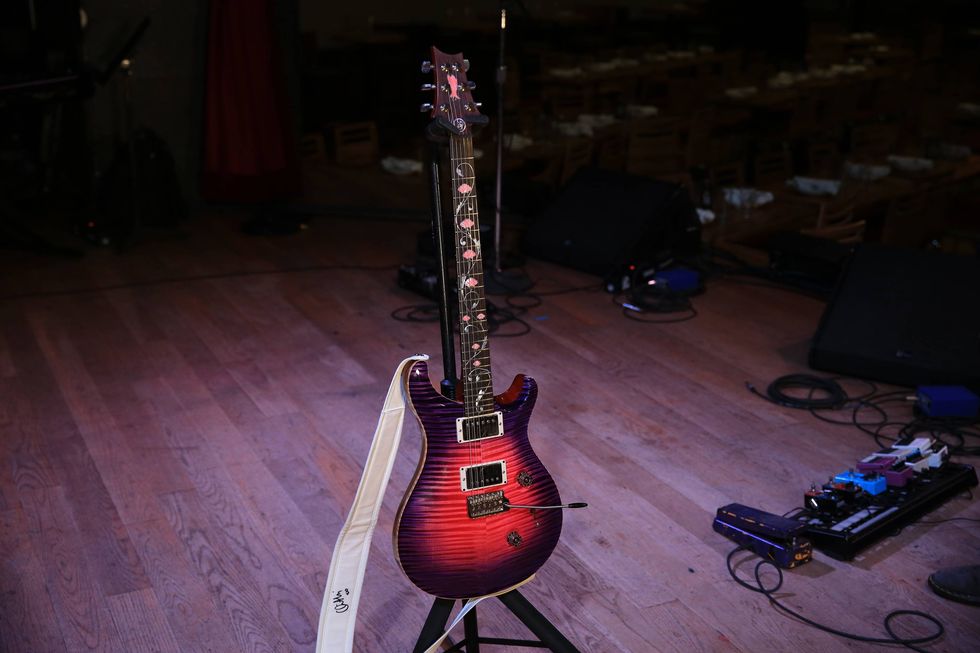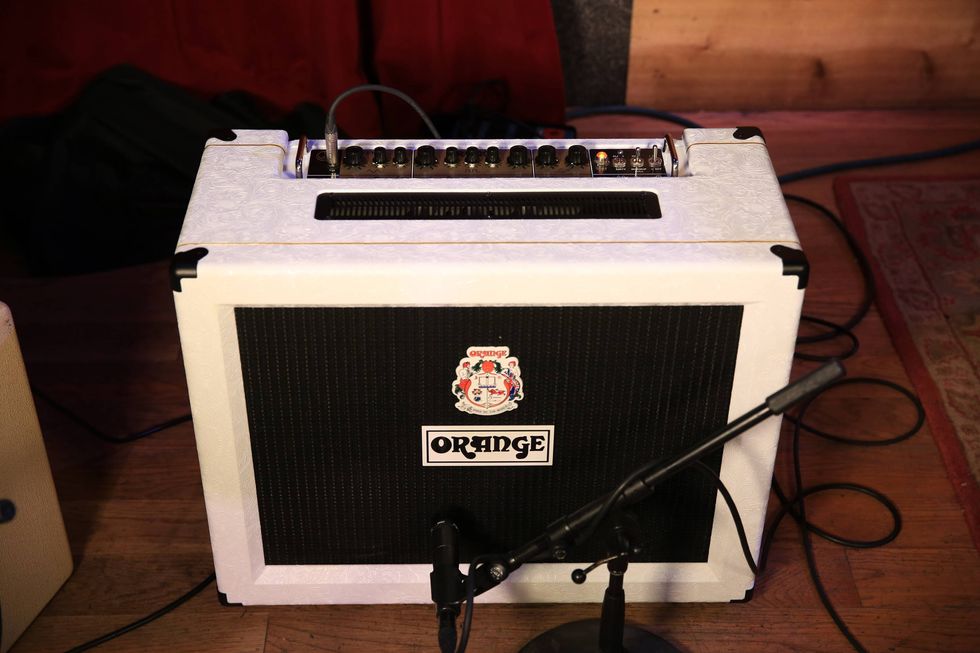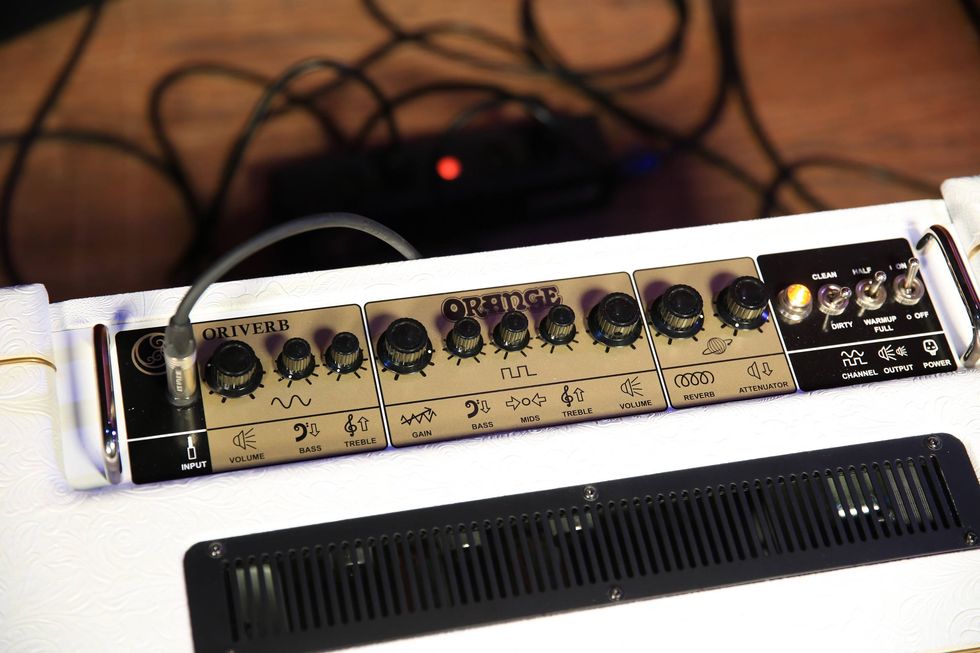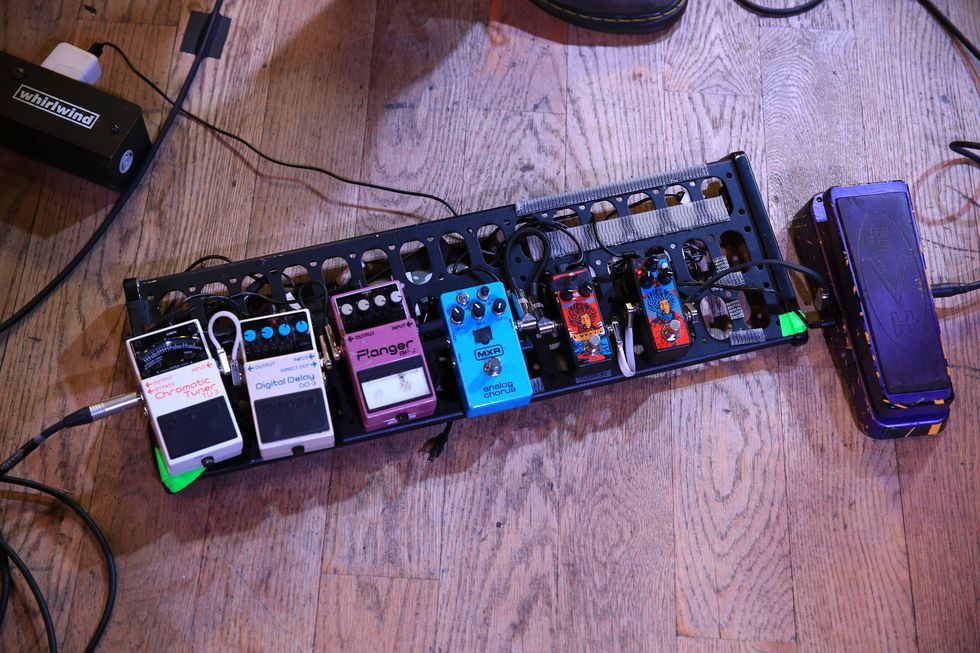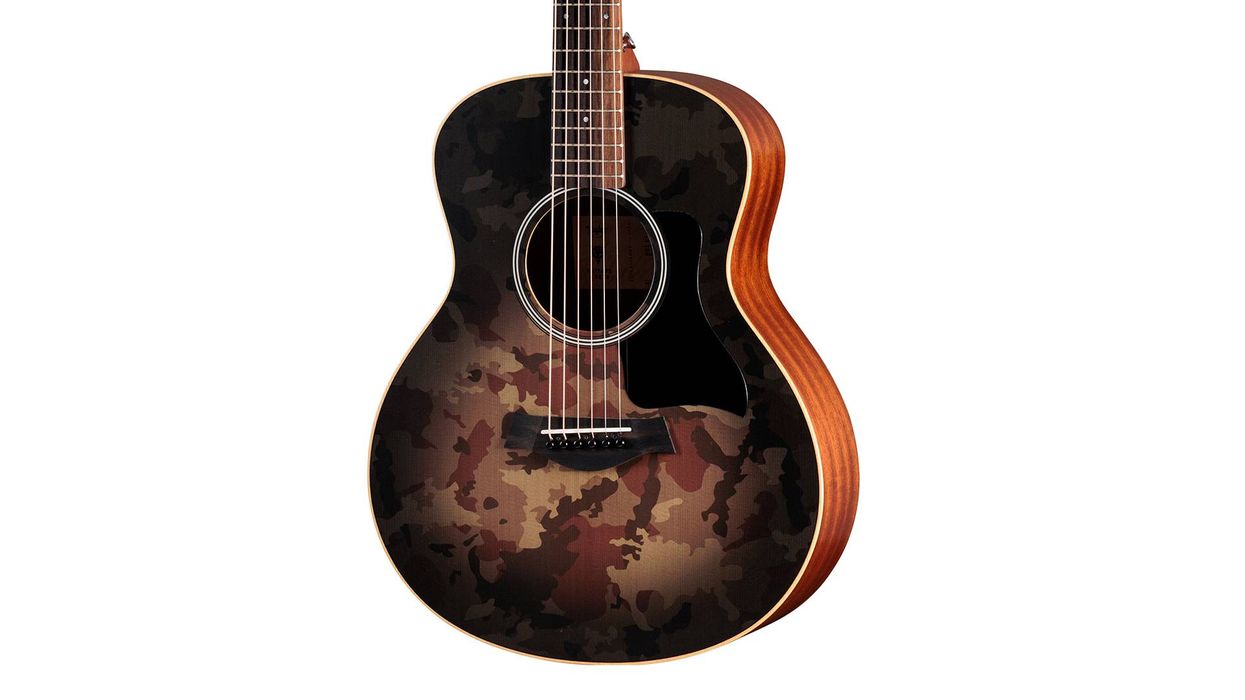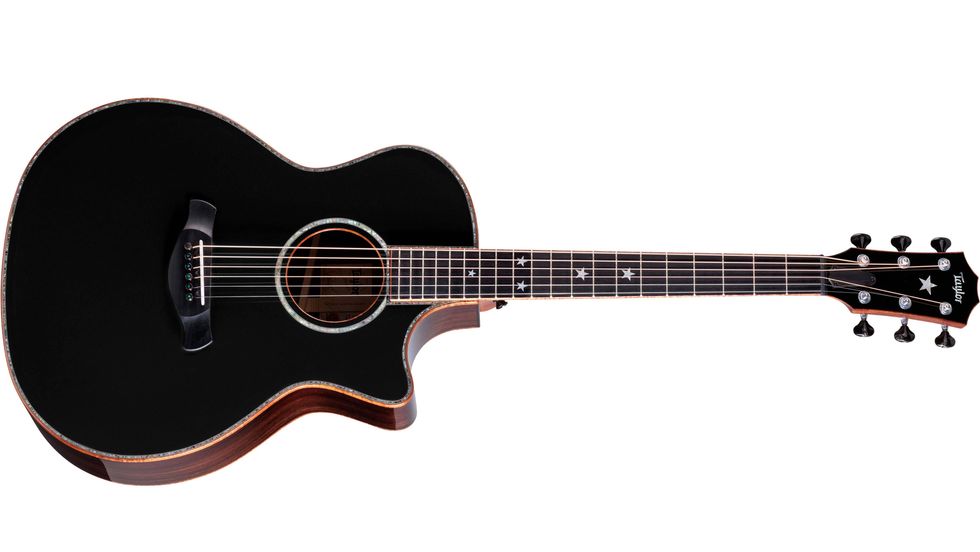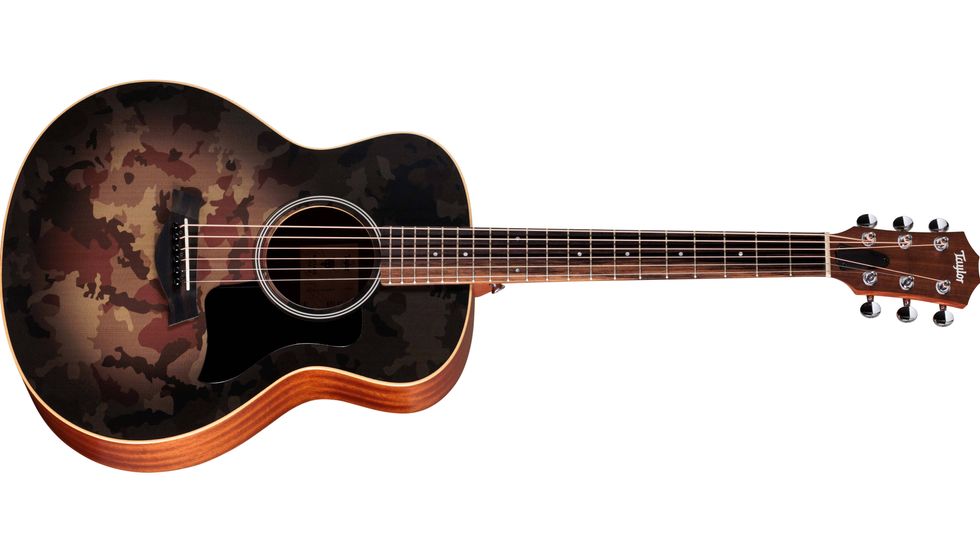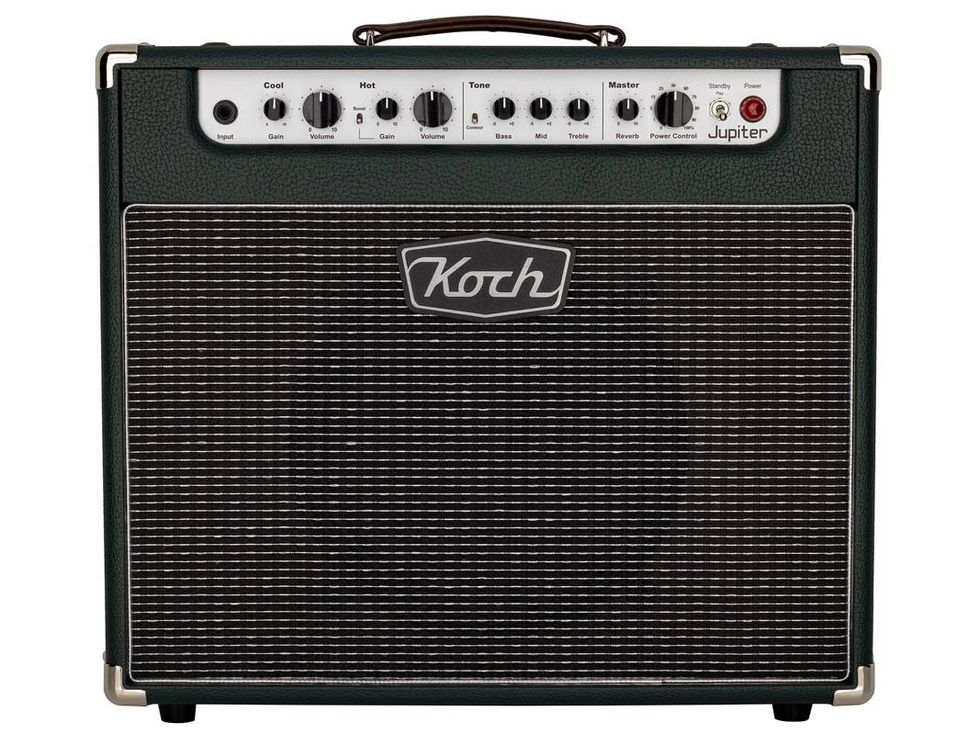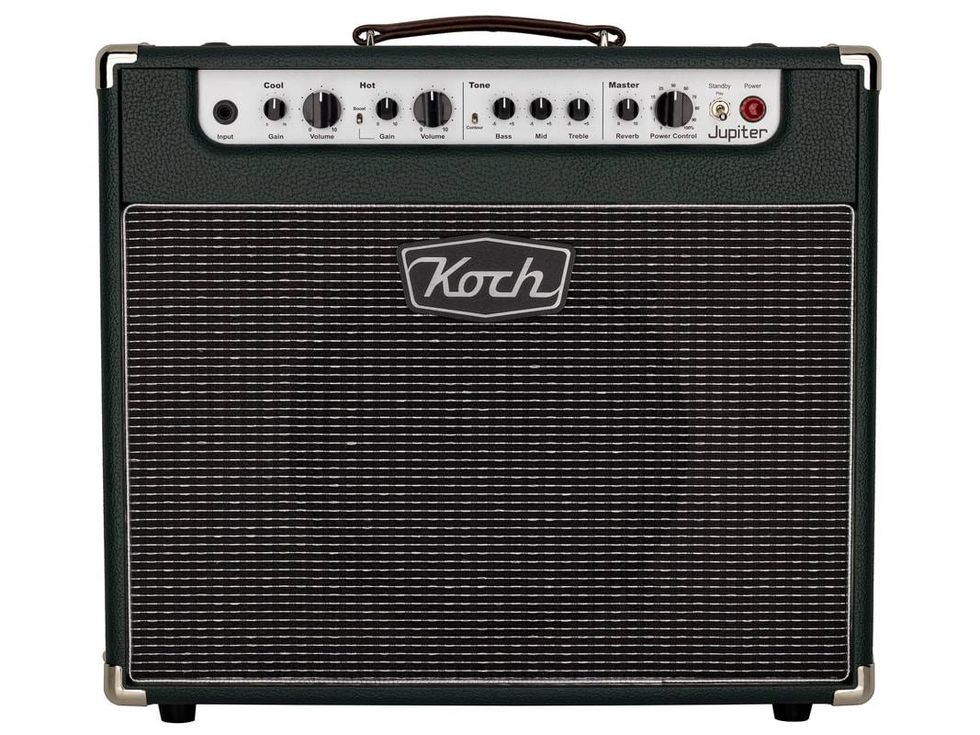Last month we discussed some things to think about if you’re considering a pickup replacement. I alluded to some conversations I’ve had with Lindy Fralin, and thought you’d like to get his perspective. In case you don’t know, Lindy is widely regarded as one of the most knowledgeable pickup guys on the planet. Countless heavyweights have turned to him for tonal assistance over the years.
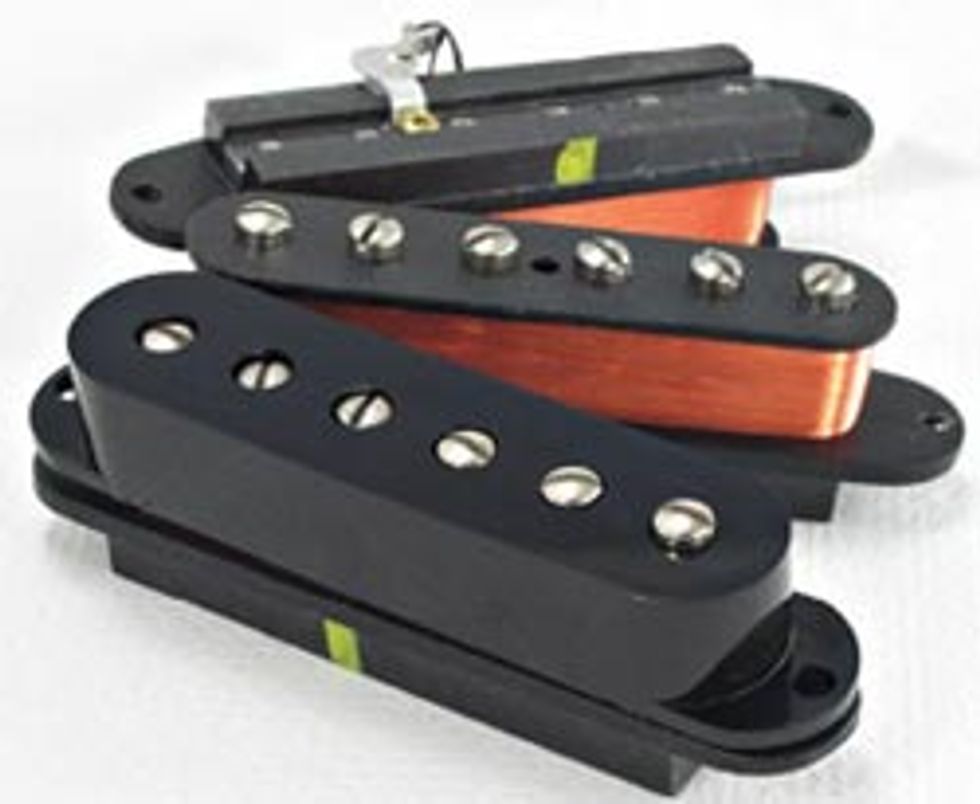 | |
|
So I asked Lindy about this guitar in his shop that had these pickups in all three positions, and he commented that they had tried many different pickups in that guitar, and that it was so inherently bright that it needed the output of the Steel-Pole pickups in order to warm it up tonally. It was too “brittle” sounding with the lower output pickups they had tried.
This is an interesting consideration. What Lindy didn’t say was, “We wanted that guitar to shred, so we put hot pickups in it,” or “We use that guitar to play loud, obnoxious rock n’ roll, and needed it to pummel the front of that Dual Rectifier over in the corner.”
A lot of customers that we speak with get caught up with the names of pickups or their “output” (which I’ve put in quotes since DC resistance is usually the only measurement considered), and I think this is unfortunate. For instance, the word “blues” in the name of a pickup can lead to misperceptions such as, “This pickup would be inappropriate for me, because I don’t play the blues.” Similarly, the words “high-output” in the name will often lead to comments such as, “Not for me; I don’t play heavy metal.” The concept being adhered to here is that more output is more appropriate only for heavier types of music, where more gain and volume are desired. But the new paradigm that Lindy has introduced is that pickup selection is often more about choosing a set of pickups whose output will work with the inherent tonality of the guitar (and other factors such as the amp and the player’s ears) in order to arrive at the desired tonal destination.
I think any pickup manufacturer will tell you that a situation they encounter daily is that people call them looking for pickup recommendations. It probably seems to the consumer that no one would be better equipped to do this, since the manufacturer has more experience with their own product line than anyone else, and of course there’s some truth to that. What’s probably less apparent to the consumer, however, is that the pickup manufacturer is missing a lot of the information needed to make a reliable recommendation. The manufacturer has no knowledge of the guitar’s inherent tonality, and while the consumer will often be asked questions about what kind of gear they’re using and what type of music they primarily play, the person conducting the interview will still be left with only a cursory grasp of the situation.
Then there’s the plethora of ambiguous terms used to define tone – words like “chime,” “quack,” “smooth,” “hair” and “creamy.” I think it’s safe to assume these words mean different things to different people. Customers also use terms like “lowmids” and “highs” to define what they’re looking for, but what frequency ranges are these, exactly? In any case, suffice it to say that, again, these terms mean different things to different people.
So what’s a manufacturer to do? Take a stab at it. The manufacturer listens to the customer and makes an educated guess, but in the end, it’s only a guess. And of course it’s also only a guess when consumers arrive at their own decision, and for this reason many manufacturers have a replacement policy. Many, for instance, give the customer a period of time to try a set of pickups, with the option of exchanging them if they haven’t taken the customer to his desired tonal destination.
Of course, at this point the manufacturer will have an advantage that they didn’t have before: they have a frame of reference. Once a set of their pickups is in a particular guitar, being influenced by that guitar’s inherent tonality, played by the customer through his gear, with his hands, and being listened to with his ears, subsequent input from the customer becomes much more meaningful. Since they now have a baseline, the manufacturer can home in on an appropriate choice.
Next month: more about the differences in pickups and how these differences affect a pickup’s output and tone.
George Ellison
Founder, Acme Guitar Works
acmeguitarworks.com
george@acmeguitarworks.com
772-770-1919


